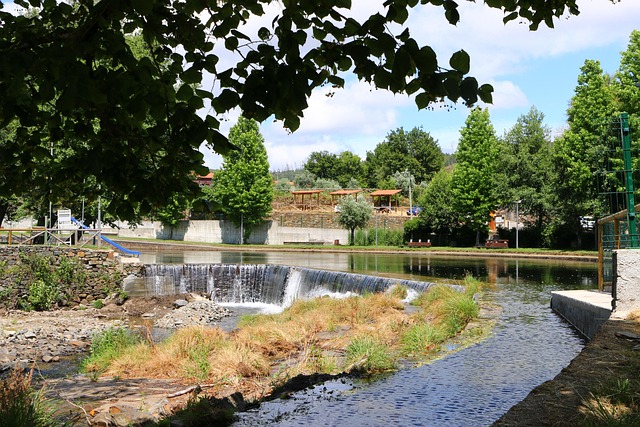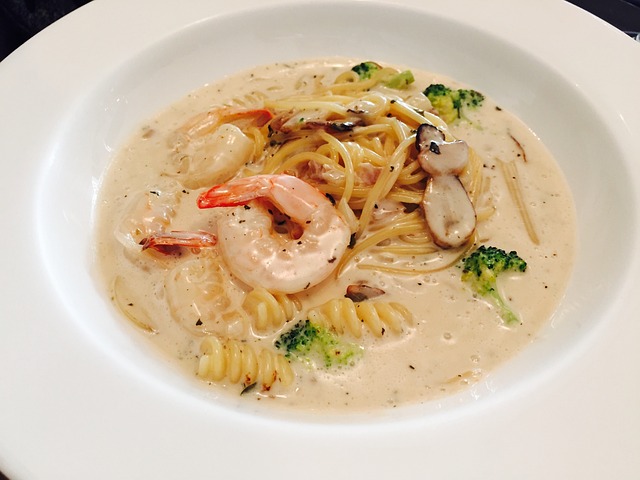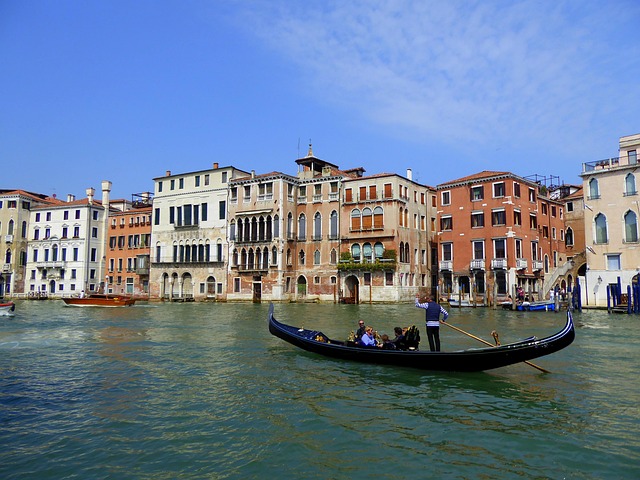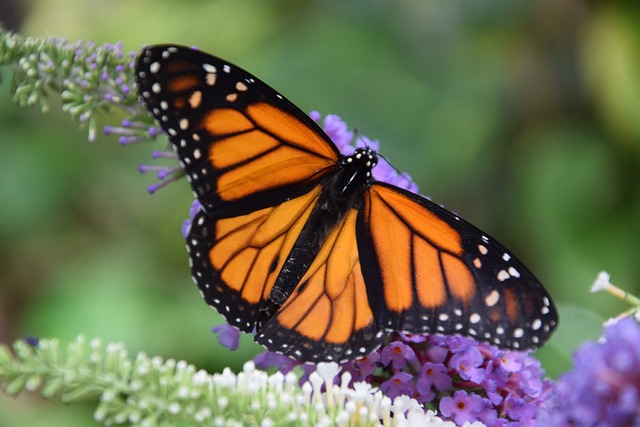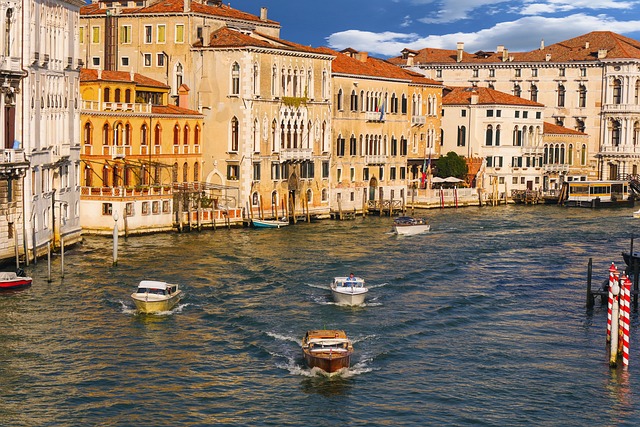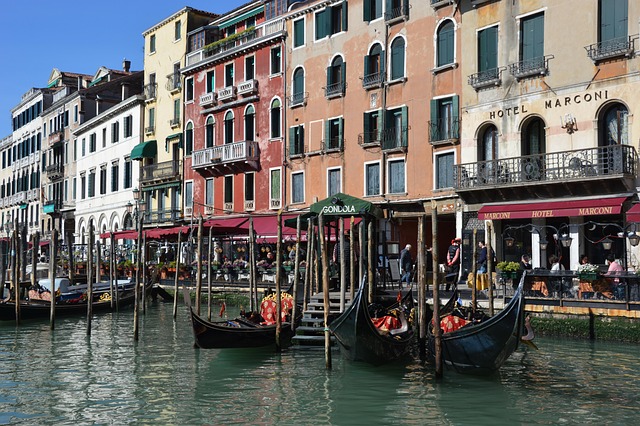Global cultural festivals, acting as gateways to diverse communities, foster understanding across borders through arts, traditions, and cuisines. Real estate plays a multifaceted role in hosting these events, influencing their scale and scope. Festivals build community bonds, enhance local vibrancy, and drive urban real estate markets by making cities more desirable for life, work, and play.
“Discover a world of cultural richness as we explore vibrant festivals from around the globe, showcasing humanity’s diverse tapestry. From colorful celebrations to ancient rituals, these events bring communities together, fostering growth and unity. In this article, we delve into three key aspects: global cultural festivals, real estate’s surprising role in celebration, and the profound impact on community bonding. Get ready to embark on a journey that highlights the beauty of our shared humanity.”
Unveiling Global Cultural Festivals: A Journey of Diversity
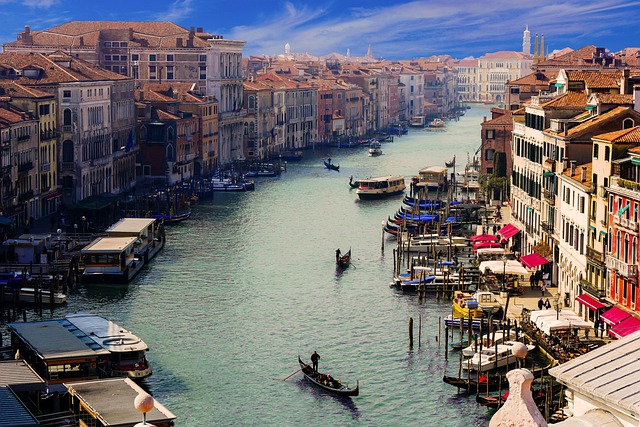
Unveiling global cultural festivals is like embarking on a journey through diverse landscapes, each telling a unique story. These vibrant events showcase the richness and tapestry of different communities, offering a glimpse into their traditions, arts, and cuisines. From bustling street fairs to majestic religious ceremonies, every festival celebrates life’s multifaceted nature.
In today’s interconnected world, cultural festivals act as bridges that connect people across borders. They foster understanding and appreciation for diverse cultures, making real estate destinations more appealing. Whether it’s the energetic rhythm of a music festival or the serene beauty of a traditional dance ceremony, these events enhance the local experience, attracting visitors from around the globe who seek authentic connections and memorable moments.
Real Estate's Role in Celebrating Cultural Events
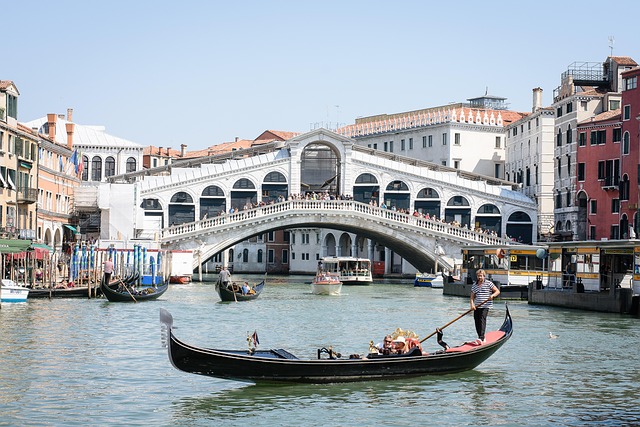
The role of real estate in celebrating cultural events is multifaceted and significant. Properties and locations play a pivotal part in hosting and organizing festivals, providing venues that cater to diverse needs—from spacious outdoor areas for grand celebrations to intricate indoor spaces for intimate performances. The availability and accessibility of these spaces directly impact the scale and scope of cultural events, shaping their overall experience.
Moreover, real estate can contribute to the cultural vibrancy of a community by facilitating year-round programming. Historical buildings, art galleries, and community centers often serve as cultural hubs, hosting exhibitions, workshops, and performances that enrich local life. These spaces not only preserve cultural heritage but also foster artistic expression and social engagement, making them invaluable assets in any festival or event planning strategy.
Festivals Fostering Community Bonding and Growth

Festivals play a pivotal role in fostering community bonding and growth, especially in vibrant cities where diverse cultures intertwine. These events act as a glue that brings people from all walks of life together, celebrating their shared heritage and unique identities. In real estate terms, consider a neighborhood festival as a communal space—a place where properties aren’t just addresses but homes within a thriving community.
Through music, dance, food, and art, festivals create an atmosphere that encourages interaction and dialogue. They offer a platform for local artists to showcase their talent, small businesses to thrive, and residents to connect on a deeper level. This sense of belonging and shared experience can significantly enhance the quality of life in urban areas, making them more desirable places to live, work, and play—all key factors that drive real estate markets.
